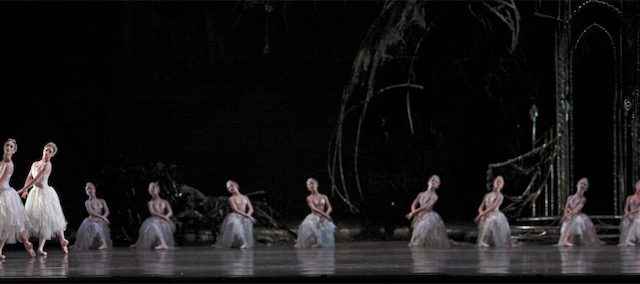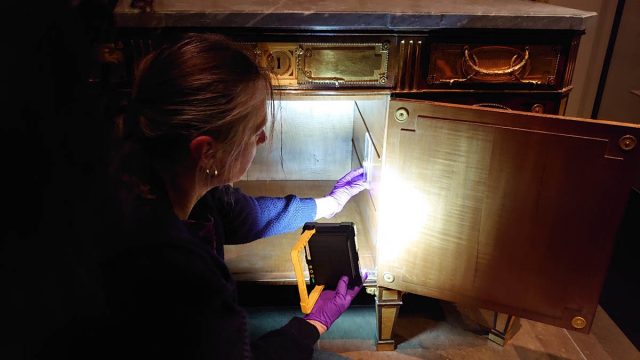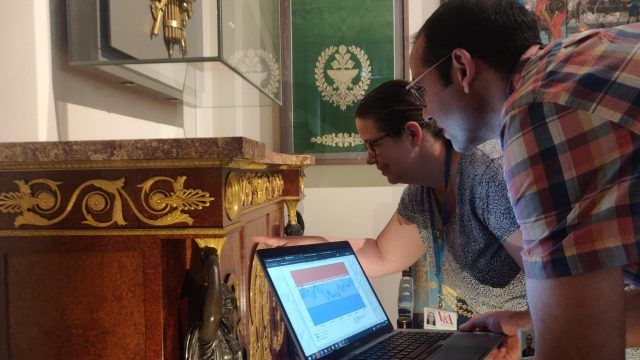Did you know that most UK National Museums have a dedicated team of heritage scientists who take care of the collections? The V&A is no exception, and I am one of those lucky scientists. Regardless of my official job title (‘Senior Object Analysis Scientist’, a bit of a mouthful), I am known as ‘the analyst’, sometimes as ‘the microscopist’, or occasionally simply as ‘the scientist’.
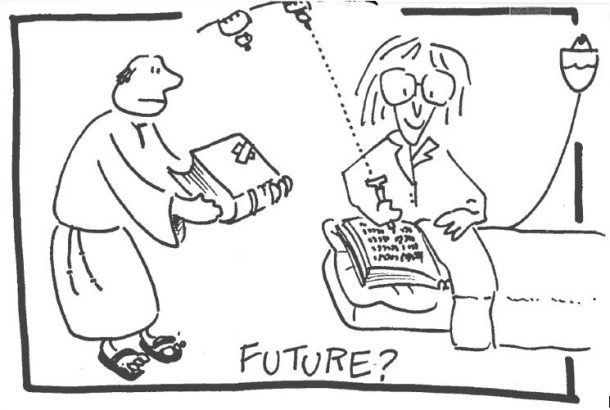
Science has a pivotal role across so many functions of the museum, which is why the V&A has a Science Section, a multidisciplinary team made of scientists and a conservator. Among many other things, we deal with conservation and collection-based research and analysis (that’s me), but also with various aspects of the actual building, its performance and climate (mainly covered by our Environmental Scientist).
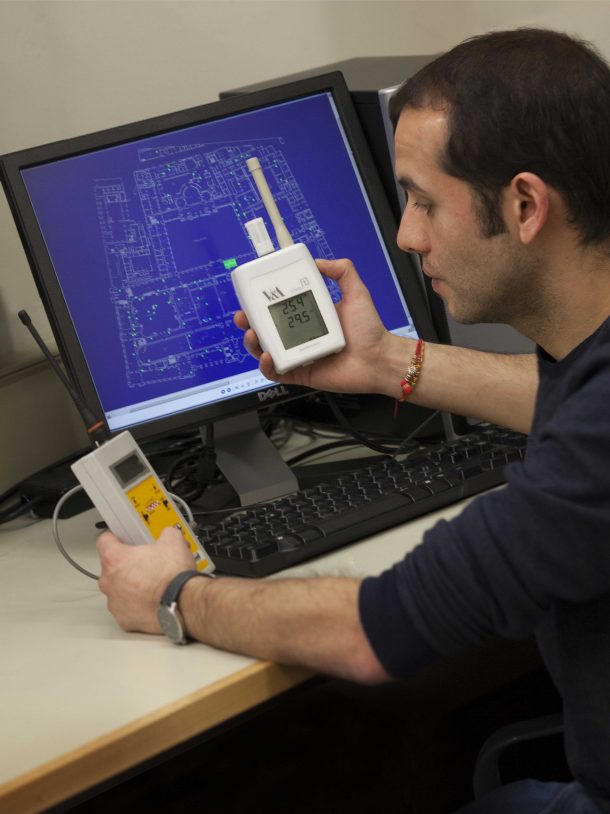
We have a specialist in modern materials (our Polymer Scientist), we provide integrated pest management (our Preventive Conservator), and deal with sustainability, energy and efficiency (the material scientist, who is also Head of Science).
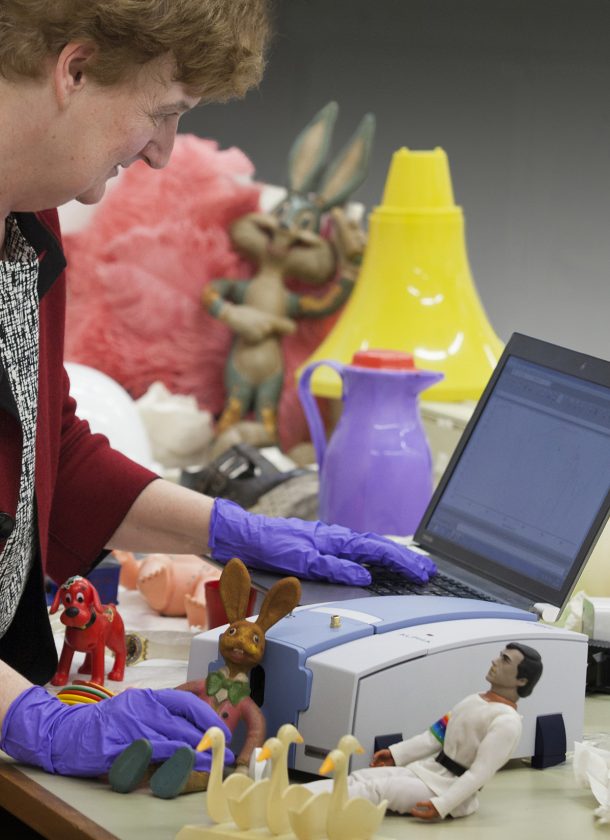
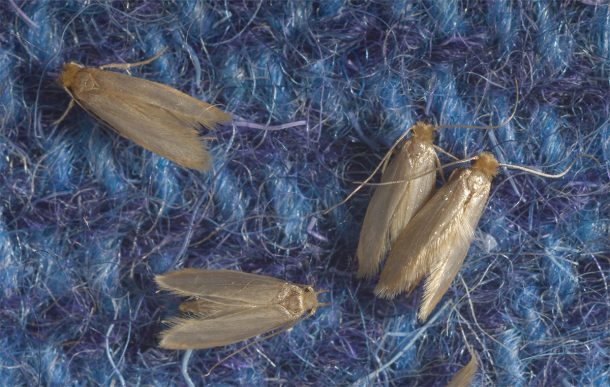
Back to my role now: what do I do? You could call it museum forensics, or CSI: V&A. I examine and analyse museum objects, and find out how, when, where they were made, and much more. Once you realise that the V&A has officially 2.3 million objects you won’t be surprised to know that that my ‘to do’ list never ends. It’s my personal agony and ecstasy: my job is relentless, and anything but boring, but every day is different and gives me the opportunity to work with wonderful objects, and touch our history and our past with my bare (well, they are actually suitably gloved) hands.
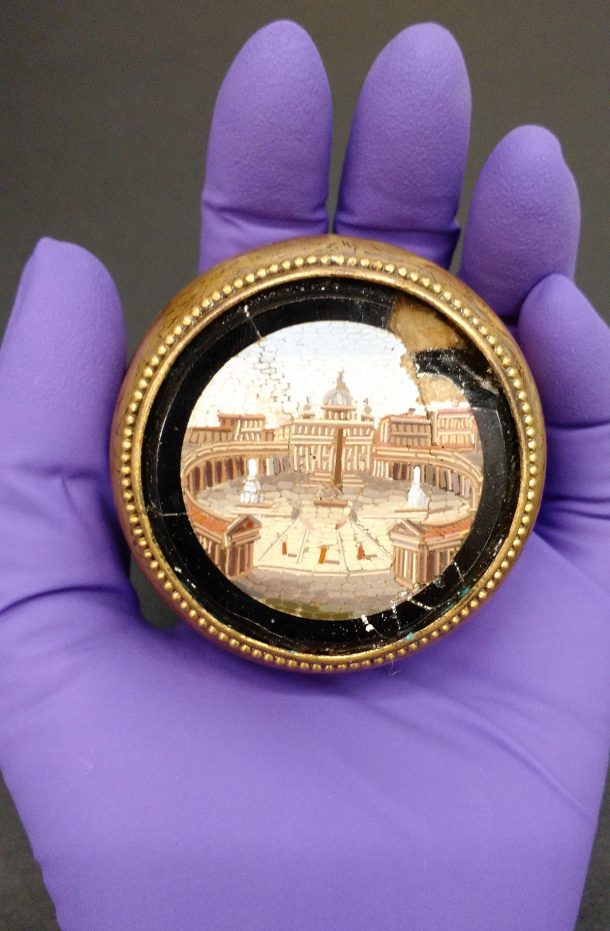
I would like to show you the unpredictable and extraordinary nature of my job and the wide range of objects and issues I get to deal with: in my next posts I will ask you to accompany me through a week of work in the V&A Science Section.
